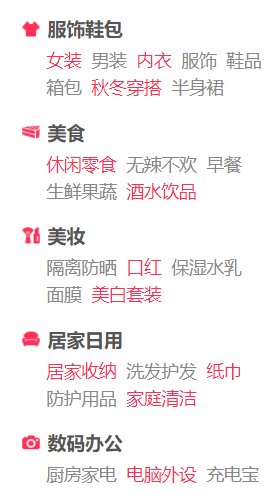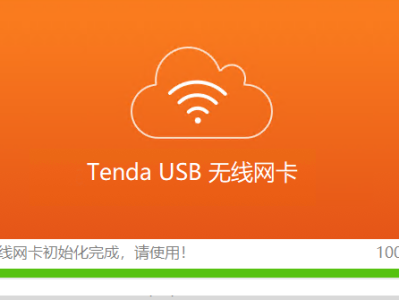Windows下安装驱动程序的api特别的多,反正有一堆。这里介绍2个我用过的,供人参考。
BOOL b; int result=0; result = UpdateDriverForPlugAndPlayDevices(0, L"USB\\Class_ff&SubClass_42&Prot_01",//L"USB\\VID_04E8&PID_6860&MI_01", L"D:/mgyun_driver_32_4/android_winusb.inf", INSTALLFLAG_FORCE, &b); cout<<result<<endl; cout<<hex<<GetLastError()<<endl;
第一个参数窗口句柄,可以为0,
第二个参数 设备的HID,可以使用通用ID;
第三个参数,inf文件的路径
第四个参数,标志符,强制安装等选项
第五个参数,用来传出一个BOOL值,指示是否需要重启电脑,然后由程序决定是否重启电脑。
详细请参见:http://msdn.microsoft.com/en-us/library/windows/hardware/ff553534(v=vs.85).aspx
这个函数在设备没有连接电脑的情况下会出错,错误号码为:ERROR_NO_SUCH_DEVINST
对于64位还是32位程序有要求,也就是必须在64位平台上生成64位的程序。否则会出错ERROR_IN_WOW64。
好处是,执行完成后,设备的驱动就会被加载,启用。因此有些时候,这个函数的执行时间会有一点长。如果驱动签名没有验证,还会弹一个框提示用户进行选择。
-------------------------------------------------------------------------------
BOOL setupResult;
setupResult = SetupCopyOEMInf(
infFile, //L"D:\\NB_Driver\\usb_driver\\android_winusb.inf",
L"",
SPOST_NONE, //忽略 OEMSourceMediaLocation的内容
SP_COPY_NEWER_OR_SAME, //SP_COPY_REPLACEONLY,替换,一般是升级时用。SP_COPY_NOOVERWRITE
NULL,
0,
NULL,
NULL);
if(setupResult == TRUE)
cout<<"sucess"<<endl;
else
{
DWORD d1 = GetLastError();
std::cout<<hex<<d1<<std::endl;
}
这个函数实现的是无设备安装,即设备没有插入也可以安装驱动。
那么当设备插入电脑的时候,系统就可以自动安装驱动。
BOOL WINAPI SetupCopyOEMInf( __in PCTSTR SourceInfFileName, __in PCTSTR OEMSourceMediaLocation, __in DWORD OEMSourceMediaType, __in DWORD CopyStyle, __out_opt PTSTR DestinationInfFileName, __in DWORD DestinationInfFileNameSize, __out_opt PDWORD RequiredSize, __out_opt PTSTR DestinationInfFileNameComponent );
第一个参数inf的路径
第二个参数源媒体的路径
第三个参数指示源媒体的类型。OEMSourceMediaType。SPOST_NONE:忽略OEMSourceMediaLocation的内容。SPOST_PATH:代表OEMSourceMediaLocation为真正驱动文件的地址,一般为驱动文件sys的地址。(如果你的sys文件跟inf在一个地方,那么OEMSourceMediaLocation可以为NULL),SPOST_URL,这个代表OEMSourceMediaLocation为一个网址,即驱动在internet上。
第四个参数 复制类型。一般我们用到的就SP_COPY_REPLACEONLY,替换,一般是升级时用。SP_COPY_NOOVERWRITE,系统是否已经预存了inf文件。SP_COPY_NEWER_OR_SAME,inf文件比系统的inf新或者一样时进行更新。
后面的参数,好像全用不上啊。具体请参见 http://msdn.microsoft.com/en-us/library/aa376990.aspx
反正我这样是成功了。
上代码吧:
// driverInstall.cpp : 定义控制台应用程序的入口点。
//
#include <stdio.h>
#include <tchar.h>
#include <iostream>
#include <fstream>
#include <Windows.h>
#include <SetupAPI.h>
#include <newdev.h>
//#pragma comment( linker, "/subsystem:windows /entry:wmainCRTStartup " )
//在release 模式下不显示黑窗口
//同时不显示任何输出
#ifdef NDEBUG
#pragma comment( linker, "/subsystem:windows /entry:wmainCRTStartup" )
#endif
using namespace std;
int _tmain(int argc, _TCHAR* argv[])
{
_TCHAR * infFile = NULL;
bool fileExists = false;
if(argc > 1)
{
infFile = argv[1];
fstream _file;
_file.open(infFile, ios::in);
if(!_file)
{
cout<<"file not exist"<<endl;
return 0;//文件不存在
}
else
{
fileExists = true;//文件存在
}
}
else //无参数
return -1;
BOOL setupResult;
if(fileExists == true)
{
BOOL b;
BOOL result=FALSE;
result = UpdateDriverForPlugAndPlayDevices(0,
L"USB\\VID_04E8&PID_6860&MI_01",
infFile,
INSTALLFLAG_FORCE,
&b);
cout<<result<<endl;
cout<<hex<<GetLastError()<<endl;
getchar();
setupResult = SetupCopyOEMInfW(
infFile,
L"",
SPOST_NONE, //忽略 OEMSourceMediaLocation的内容
SP_COPY_NEWER_OR_SAME, //SP_COPY_REPLACEONLY,替换,一般是升级时用。SP_COPY_NOOVERWRITE
NULL,
0,
NULL,
NULL);
if(setupResult == TRUE)
cout<<"sucess"<<endl;
else
{
DWORD d1 = GetLastError();
std::cout<<hex<<d1<<std::endl;
}
}
getchar();
return 0;
}
 支付宝微信扫一扫,打赏作者吧~
支付宝微信扫一扫,打赏作者吧~本文链接:https://kinber.cn/post/4721.html 转载需授权!
推荐本站淘宝优惠价购买喜欢的宝贝:



